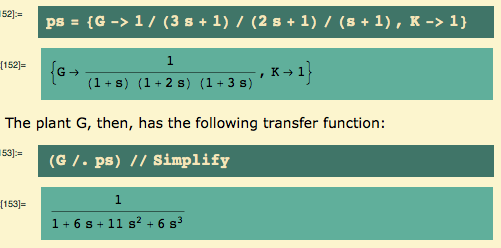The EOQ (Economic Order Quantity) formula is a deceptively simple model. It comes from Zipkin’s “Foundations of Inventory Management” (Irwin/McGraw-Hill, 2000, 0-256-11379-3) and it is the very first model in the book. It was first published 100 years ago, in 1913 – the model, not the book!.
When all is said and done, it’s a simple application of freshman calculus.
Imagine that we sell or use up one product, at a known constant rate . Periodically, we order more of this product, to replenish our inventory I(t). Further, there is a known constant lead time L – between when we place an order and when we receive it (actually, when we can sell or use it, so this includes unloading and storing). If our inventory will go to zero at t = T, then, at the very latest, we must place an order at T – L:




